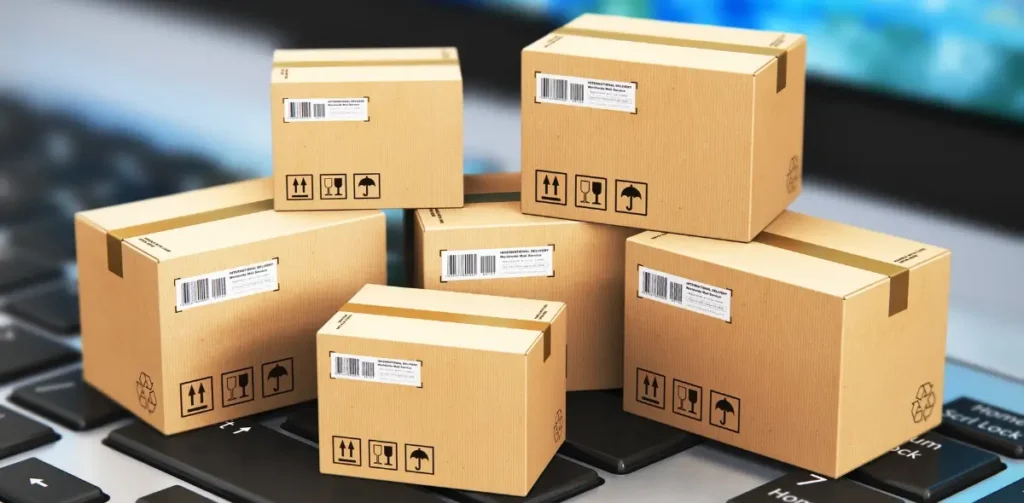Traditional shipping has long been associated with environmental challenges, prompting a surge in innovations geared toward making maritime transport more sustainable. This article provides a comprehensive overview of the ecological impact of traditional shipping, explores emerging technologies for sustainable and eco-friendly shipping, presents case studies of vessels successfully adopting green technologies, delves into government regulations promoting sustainable shipping, and discusses the pivotal role of alternative fuels and renewable energy sources in reshaping the landscape of maritime transport.
Overview of the Environmental Impact of Traditional Shipping:
Air and Water Pollution:
Traditional shipping contributes significantly to air and water pollution through burning fossil fuels, ballast water discharge, and emissions of pollutants such as sulfur dioxide and nitrogen oxides.
Greenhouse Gas Emissions:
The shipping industry is a substantial emitter of greenhouse gases, primarily carbon dioxide. Addressing these emissions is crucial for mitigating climate change and promoting sustainable maritime practices.
Emerging Technologies for Sustainable and Eco-Friendly Shipping:
Wind Propulsion Systems:
Wind-assisted propulsion, including technologies like sails and rotor sails, harnesses the power of the wind to assist ships, reducing reliance on fossil fuels and decreasing emissions.
Hybrid and Electric Propulsion:
Hybrid propulsion systems, combining traditional engines with electric propulsion and fully electric vessels, are becoming increasingly viable alternatives, offering reduced emissions and improved energy efficiency.
Case Studies of Vessels Adopting Green Technologies:
MS Roald Amundsen:
The MS Roald Amundsen, an expedition cruise ship, features hybrid technology and batteries, allowing it to sail solely on electric power for short periods. This innovation significantly reduces its environmental footprint.
Maersk’s Triple-E Class:
Maersk’s Triple-E Class container ships are designed with energy-efficient features, including advanced hull designs and efficient engines, contributing to reduced fuel consumption and emissions.
Government Regulations Promoting Sustainable Shipping:
International Maritime Organization (IMO):
The IMO has introduced regulations to curb emissions, including the International Maritime Organization’s Initial Strategy on Reduction of Greenhouse Gas Emissions from Ships. This framework outlines targets for emission reductions.
Sulfur Emission Control Areas (SECAs):
SECAs designate specific maritime regions with strict sulfur emission limits. Vessels operating in these areas must adhere to these limits, fostering cleaner fuels or emission-reducing technologies.
The Role of Alternative Fuels and Renewable Energy Sources in Maritime Transport:
Liquefied Natural Gas (LNG):
LNG is emerging as a cleaner alternative to traditional marine fuels. LNG-powered vessels produce fewer sulfur oxides, nitrogen oxides, and particulate matter emissions.
Biofuels and Synthetic Fuels:
Biofuels derived from organic matter and synthetic fuels produced using renewable energy sources offer potential alternatives to traditional fuels, contributing to the reduction of carbon emissions.


